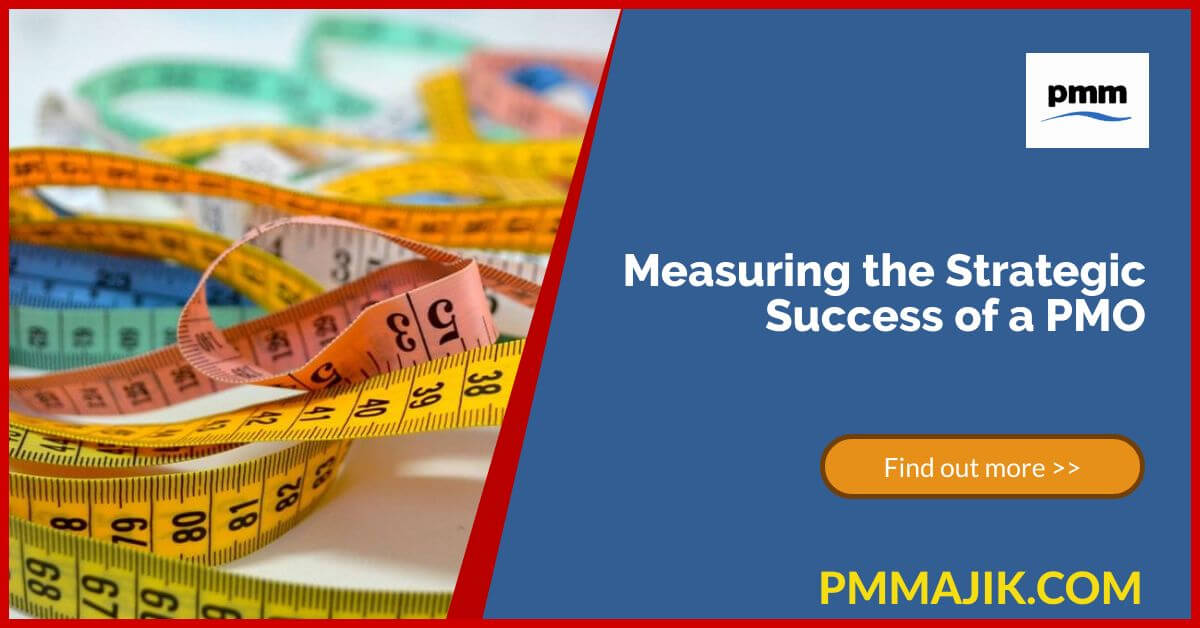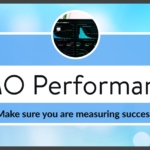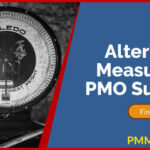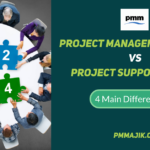Measuring the strategic success of your PMO involves a lot more than running some numbers. The strategy of the business you work within will have some easily quantifiable metrics for strategic success, some might be harder to conceptualise.
No matter the strategy of the business or organisation, there are going to be goals, missions, and values to live up to. To be successful, a PMO needs to demonstrate how they deliver on these. In this article, we’re going to look at:
- How a PMO can align with business strategies
- Measures that can demonstrate the strategic value of a PMO
- Tips for a PMO to deliver on strategy effectively
So you’re ready to prove how your office works towards achieving the business strategy.
How can a PMO further a business strategy?
Every business has values, goals, and a mission. Each department within a business needs to ensure it’s working towards the goals, and a PMO is no different. You can’t undertake activity for the sake of it.
You need to understand the overarching goals of the business to be able to design ways to quantify your PMO’s contribution. Business goals can span lots of subjects, such as:
- Profits
- Reputation
- Brand awareness
- Customer satisfaction
- Employee engagement
All of which can be measured relating to your PMO.
There are broadly two different types of PMO, business-focussed and traditional PMOs. A traditional PMO is likely to focus on project deliverables so will be able to focus on customer satisfaction and employee engagement, and will monitor budgets.
A business-focussed PMO usually has a say in commissioning projects. By choosing what work happens, a business-focussed PMO will be more likely to influence the full spectrum of strategic aims.
What ways can the strategic value of a PMO be measured?
Measuring the strategic value of a PMO will require lots of different data gathering. Some information will be collected as a matter of course during a project, whilst others may need specific work to collate.
Financial measures
Different companies will target different financial metrics, whether that be gross profits, revenue, or shareholder returns. Whichever is the main focus of the financials of the business you’re in, you can translate the calculation to each of your projects to show how they touch the bottom line.
Reputational measures
There are no accepted standards or measures to understand your brand reputation. Yet, strategic aims such as “to be the most trusted brand” or “the be primary resource for…” are still very important. When a project has external effects, such as launching a new application, online reviews and media coverage are useful measures to see how it affects the reputation of the company.
Awareness
Similar to reputation, but easier to measure, awareness is about external perception of the brand. Commissioning surveys of the public to see what they know about your company is one way to measure this, a more modern metric could be search engine rankings on Google.
Happy customers
It’s likely your PMO already measures the satisfaction of your stakeholders at the end of a project. Ensure that your questionnaire aligns with the strategic goals of the business, e.g. if the business is looking specifically for loyal customers but you measure advocacy, it won’t translate well in a performance review.
Satisfied employees
Big companies will already regularly survey their colleagues and this will form the basis of an employee engagement strategic goal. Mini surveys and “temperature check” of your team will ensure that you’re on track to delivering excellent survey results and let you put out fires where needed.
How can I ensure my PMO delivers on the strategic goals of the business?
Whatever the strategic goals of the company, and which ones you’re aiming to contribute to with your PMO, there are some actions you can take that should get you delivering.
- Fast mobilisationwill see you being effective quickly and give you reportable data on project progress ASAP.
- Responding to markets can be a challenge for projects once started. Using agile management techniques will make projects more flexible and more likely to satisfy stakeholders.
- Regular monitoring of how projects are contributing towards specified strategic goals will keep them on track to deliver successfully.
The take home
To measure the strategic success of a PMO, you need to define which part of the business strategy the PMO feeds into. From here, metrics need to be defined and your office needs to regularly monitor them through data collection and business monitoring.






